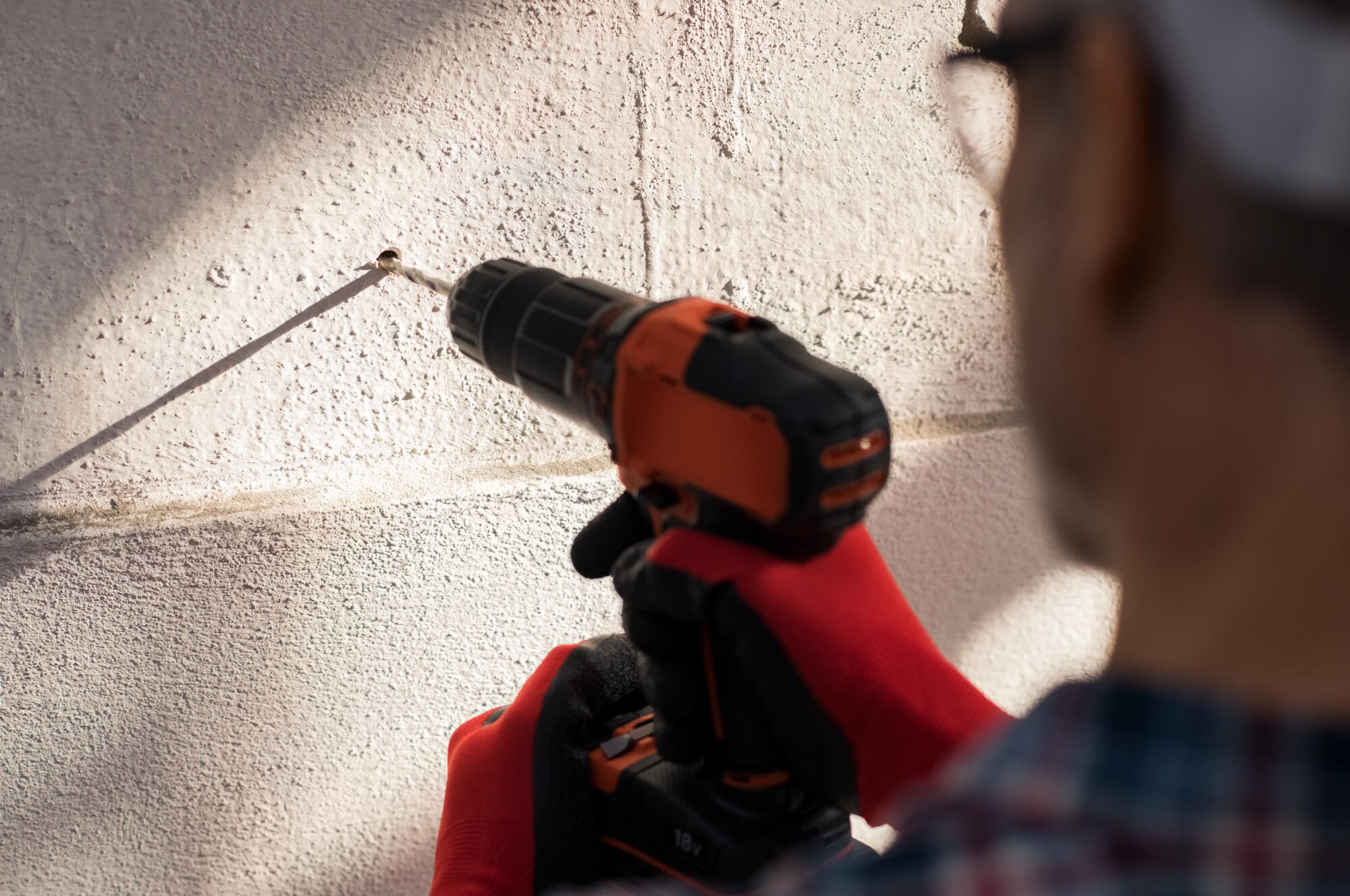Ever wondered if your home’s foundation has hidden problems?
A thorough inspection can reveal issues that might cause bigger troubles later on. Knowing what to look for can help you maintain a strong and stable home. That’s where making a foundation inspection checklist comes in.
Read on to discover the key elements you should examine during your foundation inspection. Ready to safeguard your investment? Let’s get started!
Cracks in Walls
Cracks in walls can be a sign of home foundation problems. If you see small cracks, they could just be from normal settling. But bigger cracks might mean something more serious.
Look for cracks that are wide or growing longer. Horizontal cracks can be even more troubling than vertical ones.
Check around windows and doors too. If doors and windows are hard to open or close, that might mean the foundation is shifting.
Pay attention to the patterns of the cracks. Step-shaped cracks in brick walls can also be a sign of trouble. Always take cracks seriously and consider getting a professional opinion.
Sagging Floors
If your floors are sagging, it could be a warning sign of foundation issues. Walk through your home and notice any areas where the floor feels soft or uneven. Sometimes you might see a dip or slope in the floor, which can mean the foundation is weak or damaged.
Check your basement or crawl space for any signs of wood rot or moisture, as these can affect the strength of your floors. Look for gaps between the floor and the baseboards since these could suggest the foundation is settling unevenly.
It’s important to address sagging floors quickly to ensure the safety and stability of your home. Consulting with a professional can help identify the root cause and find the best solution.
Uneven Door Frames
Uneven door frames can indicate foundation issues. When you notice that doors are sticking or don’t fit into their frames properly, it may be a sign that the foundation is shifting.
Take a close look at the gaps between the door and the frame. If you see that these gaps are larger at the top or bottom, it could mean the foundation is uneven.
Check if the door swings open or closes by itself. This could be another sign of an uneven foundation.
In older homes, doors may also appear tilted when the foundation has moved. Addressing this issue early can help prevent more damage.
Moisture Levels
Moisture levels around your foundation can give important clues about its condition. Water can weaken the foundation and cause serious problems.
When doing a building assessment, look for damp areas in your basement or crawl space. Mold and mildew are signs that there is too much moisture.
Check outside your home too. Make sure the ground slopes away from the foundation. This helps keep water from pooling near your home.
Also, inspect your gutters and downspouts to ensure they are directing water away from the foundation. Proper drainage is key to keeping your foundation dry and strong.
Gaps in Molding
Gaps in molding can be a sign of foundation trouble. Molding is the trim that covers the joint between the wall and the floor or ceiling. When there are spaces or cracks in this trim, it might mean the foundation has shifted.
To check for gaps, look closely at the molding in each room. Notice any places where it doesn’t meet the wall or floor evenly. These gaps can be small or large, but both are important to check.
Gaps in molding can also cause drafts, making your home less comfortable. By catching these signs early, you can avoid bigger problems later. Consider getting a professional to inspect the foundation if you find gaps in the molding.
Shifting Windows
Shifting windows can signal problems with your foundation. If you notice that your windows are hard to open or close, it could be because the foundation is moving. This can cause the window frames to become crooked.
Look for cracks around the edges of the windows. These cracks can show that the walls are under stress.
Check if the windows are sticking out or have gaps. These gaps can let in drafts and make your home less energy-efficient.
A shifting foundation can also make the glass in the windows crack. If you see any of these signs, it could mean there’s a foundation issue that needs attention.
Chimney Issues
Chimney issues can also be a sign of foundation problems. If your chimney is leaning or has cracks, it could mean the foundation is shifting.
Stand back and look at your chimney from a distance. If it appears to be tilting or separating from the house, there might be an issue with the foundation.
Inspect the base of the chimney for any cracks or gaps. These can allow water to seep in and cause further damage.
Inside your home, check for cracks in the walls near the chimney. Early detection of these signs can help prevent more serious problems.
Exterior Drainage
Exterior drainage plays a big role in your foundation’s health. When water isn’t directed away from your home, it can pool around the foundation and cause damage.
Check the ground outside your house. It should slope away from the foundation so water can flow away.
Inspect your gutters and downspouts. They should be clear of leaves and debris. Water should flow smoothly through them and be directed at least five feet away from your home.
Also, look for any standing water near your home after it rains. Puddles near the foundation can signal drainage problems. Fixing these issues can help keep your foundation strong and stable.
Foundation Settling
Foundation settling happens when the ground under your home moves. This can make your foundation sink or crack.
To spot settling, look for cracks in your basement floors and walls. Also, check outside for signs that parts of your home are sinking.
It is important to address foundation settling quickly. If left unchecked, it can cause more damage to your home. If you’re in the area, options for foundation repair in Yukon, Oklahoma can help you out.
Have These Items in Your Foundation Inspection Checklist
A foundation inspection checklist is an essential tool for every homeowner. It helps you catch problems early before they become costly repairs.
By taking the time to inspect your foundation regularly, you can ensure the safety and stability of your home. Stay vigilant and proactive with your foundation inspection to protect your valuable investment.
Did you find this post helpful? If so, head back to our website for more informative content.


Be First to Comment